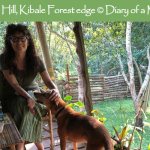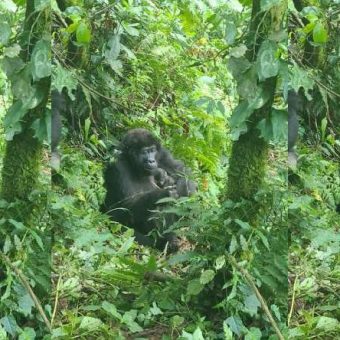
Protecting the hippos of Queen Elizabeth National Park

Look at me – I’m gorgeous! Ugandan men prefer a bit of meat on their ladies…
During the 1970s and 1980s, severe poaching decimated wildlife numbers.
Improved park management is leading to a slow repopulation, but today killing hippos for meat remains the most frequent form of poaching. The frequency and impact of poaching is easy to see, with many of Queen Elizabeth National Park’s rivers and ‘hippo pools’ noticeably empty.

Hippo carcasses are quickly collected and disposed of, following the Anthrax outbreak of 2010 in Queen Elizabeth National Park. PHOTO Uganda Wildlife Authority
The UCF / Uganda Wildlife Authority (UWA) biannual hippo survey of Queen Elizabeth National Park involved three weeks of sometimes risky work across very difficult terrain: of uncharted swamps, fast-flowing rivers and turbulent lakes, all while on the look-out for hippo, a mammal responsible for more deaths across Africa annually than any other. (Did you know that?) The survey team noted that hippo are very wary of humans where there is illegal fishing, highlighting the fact that poachers have been killing and smuggling hippo meat via boat. On the rivers, hippo tend to congregate in safe havens such as ranger camps. Far from the camps, they are easily scared, jumping out of the river when the team approached, an indication that man is an enemy to them.
95dd.jpg)
‘Rebel lookalike’ Patrick and I laughed at this one! Actually these are the good guys! In the middle, wearing a baseball cap, is my UCF colleague Patrick with the Uganda Wildlife Authority rangers, patrolling Queen Elizabeth on the biannual hippo count PHOTO Uganda Conservation Foundation











3c4d.jpg)

















2 thoughts on “It’s Hip to be a Hippo”